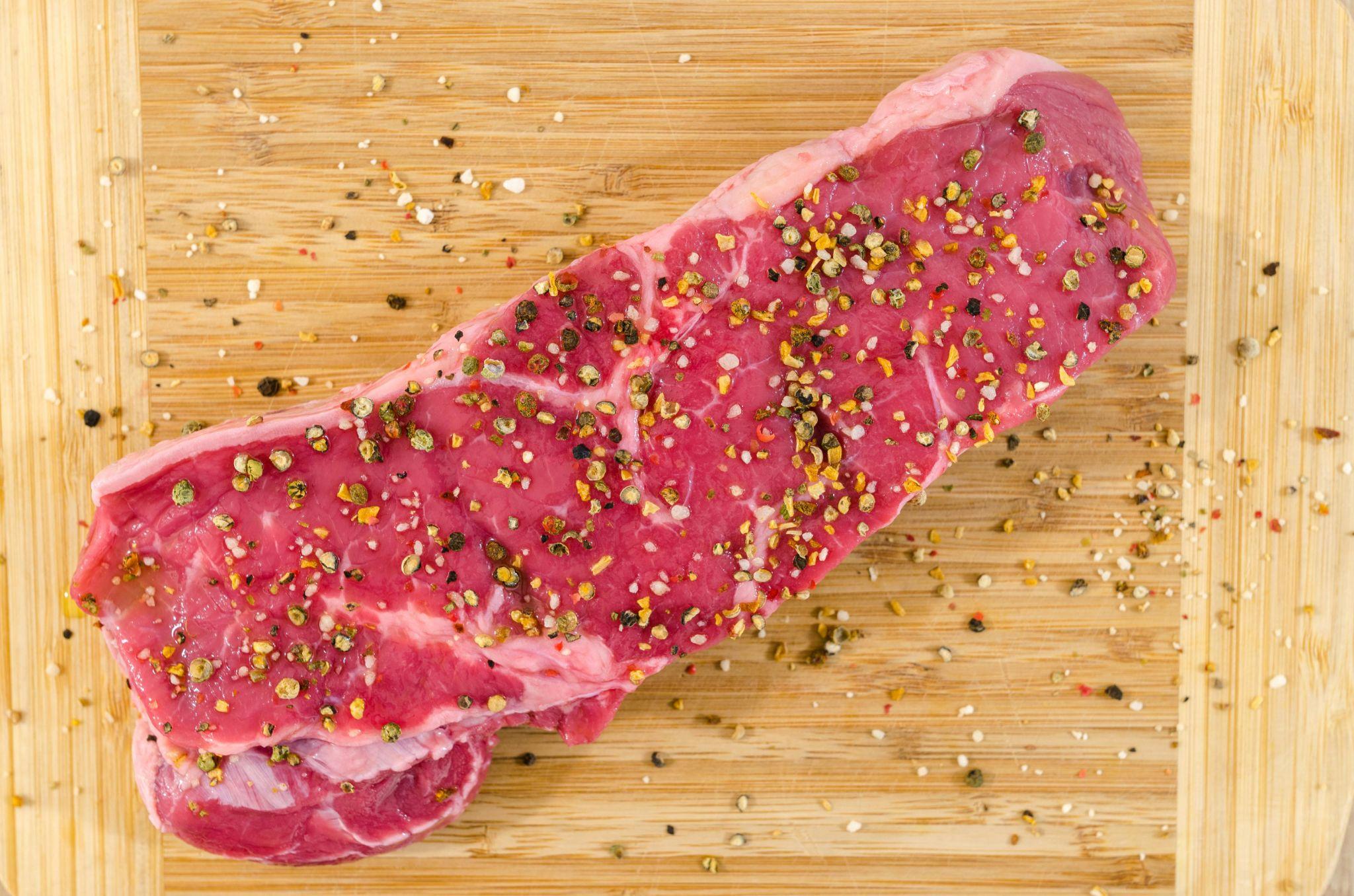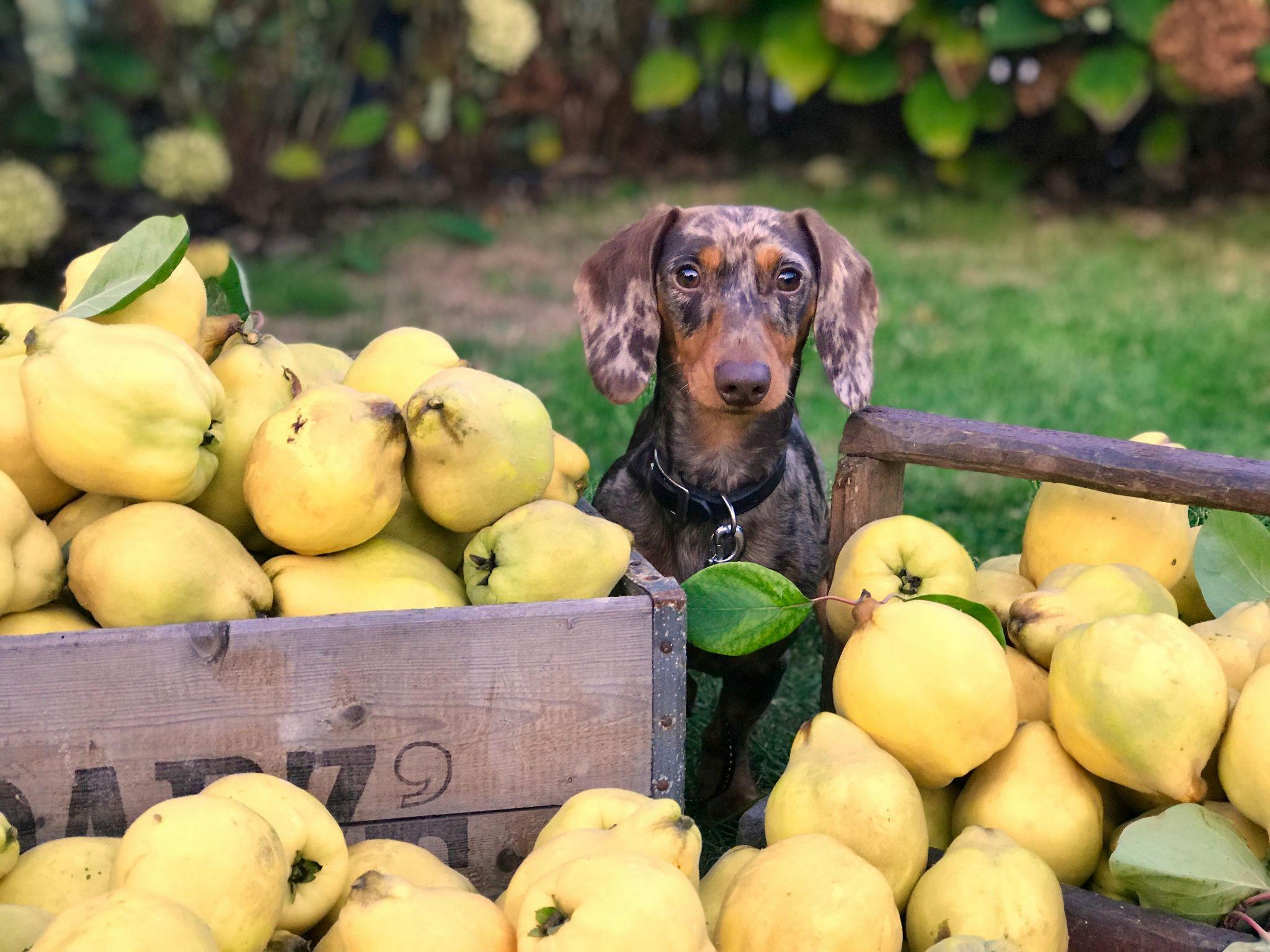Understanding Pet Food Labels: A Comprehensive Guide
Understanding pet food labels can be a daunting task for many pet owners. With countless brands, ingredients, and marketing terms, it’s easy to feel overwhelmed when choosing the best food for your furry friend. This guide will demystify pet food labels, helping you decode pet food labels, understand pet food ingredients, and make informed decisions about what’s best for your pet.
Why Understanding Pet Food Labels Matters

Choosing the right pet food is crucial for your pet’s health and well-being. A clear understanding of pet food labels ensures that you select a diet that meets your pet’s nutritional needs. Here’s why paying attention to these labels is so important: https://truepetslove.com/product/oneisall-dog-grooming-kit/
Health Implications
- Nutritional Balance: A well-balanced diet is essential for your pet’s overall health. Understanding pet food labels ensures the food you choose meets your pet’s specific nutritional needs.
- Allergies and Sensitivities: Some pets have food allergies or sensitivities. By reading labels carefully, you can avoid ingredients that might cause adverse reactions.
Quality Assurance

- Ingredient Sourcing: Quality pet foods use high-quality ingredients. Labels often provide information about the sourcing and quality of these ingredients.
- Manufacturing Standards: Understanding pet food labels gives insights into the manufacturing practices and quality control measures in place.
Decoding Pet Food Labels: What You Need to Know
Pet food labels are packed with information, but what do they really mean? Let’s break down the key components of pet food labels to help you understand what’s inside your pet’s food.
Ingredient List

The ingredient list is one of the most critical parts of a pet food label. It provides a detailed breakdown of what’s included in the food.
Ingredients in Order
- Primary Ingredients: Ingredients are listed in descending order by weight. The first few ingredients are the most significant and should ideally be high-quality protein sources.
- Meat vs. Meat By-Products: Look for whole meats like chicken or beef rather than meat by-products, which can be lower quality.
Understanding Pet Food Ingredients

- Proteins: Essential for muscle development and overall health. Common sources include chicken, beef, fish, and lamb.
- Carbohydrates: Provide energy. Look for whole grains like brown rice or sweet potatoes.
- Fats: Necessary for a healthy coat and skin. Sources include chicken fat and fish oil.
- Additives: Includes vitamins, minerals, and preservatives. Choose foods with natural additives over artificial ones. https://truepetslove.com/how-to-create-a-pet-friendly-garden/
Nutritional Information
Nutritional information provides a breakdown of the percentages of protein, fat, fiber, and moisture in the food.
Guaranteed Analysis
- Protein: Indicates the amount of protein in the food. Higher protein content is essential for active or growing pets.

- Fat: Provides energy and supports skin and coat health.
- Fiber: Aids in digestion. Look for moderate fiber levels.
- Moisture: Indicates the water content in the food. Wet foods have higher moisture content.
AAFCO Statement

The Association of American Feed Control Officials (AAFCO) provides guidelines for pet food labels.
What It Means
- Nutritional Adequacy Statement: Ensures the food meets basic nutritional standards for pets.
- Feeding Trials: Indicates that the food has been tested in feeding trials and has been found to be nutritionally adequate.
Marketing Claims
Pet food labels often feature marketing claims that can be misleading. Here’s how to decipher them:
Common Claims
- “Natural”: Refers to ingredients that are minimally processed and do not contain artificial additives.
- “Organic”: Indicates that the ingredients are grown without synthetic pesticides or fertilizers.
- “Grain-Free”: May be beneficial for pets with grain allergies but isn’t necessarily better for all pets.
Red Flags

- Vague Terms: Be cautious of vague terms like “premium” or “gourmet” that don’t have specific definitions.
- Buzzwords: Terms like “human-grade” or “holistic” can be marketing ploys rather than indicators of quality.
Understanding Pet Food Labels for Specific Pet Needs
Different pets have different nutritional needs. Understanding pet food labels helps you choose the right food based on your pet’s age, size, and health condition. https://truepetslove.com/
Puppies and Kittens

- Higher Protein Needs: Growing pets require more protein and fat for development.
- Special Formulations: Look for foods labeled specifically for puppies or kittens.
Adult Pets
- Balanced Diet: Adult pets need a balanced diet to maintain their health.
- Weight Management: If your pet is overweight, look for weight management formulas.
Senior Pets

- Joint Health: Senior pets may benefit from foods with added joint supplements.
- Digestive Health: Older pets may need foods with higher fiber content for better digestion.
Understanding pet food labels is essential for making informed choices about your pet’s diet. By decoding pet food labels, understanding pet food ingredients, and paying attention to nutritional information, you can ensure your pet receives a balanced and nutritious diet. Remember, a little knowledge goes a long way in keeping your furry friend healthy and happy. So, the next time you’re at the pet store, use this guide to make the best choice for your beloved pet.
